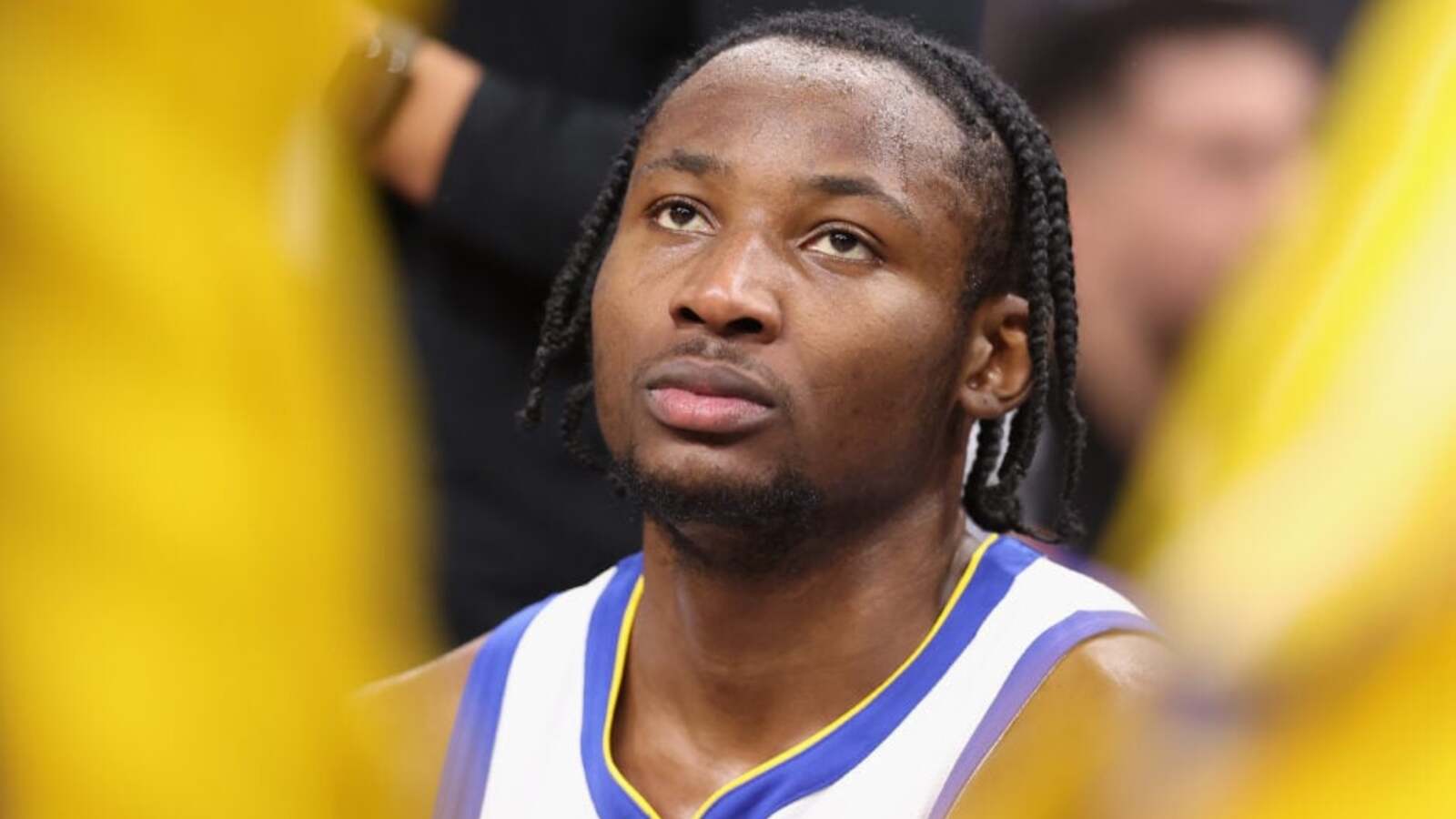The prolonged contract dispute between Jonathan Kuminga and the Golden State Warriors has escalated into a precarious lose-lose situation, with both parties facing significant disadvantages as the NBA offseason progresses without a resolution. This ongoing saga highlights the complex dynamics of modern basketball player-team relationships.
From Jonathan Kuminga’s perspective, his decision to decline the Warriors’ two-year, $45 million offer carries substantial financial risk, as there is no guarantee other teams will meet his salary expectations or that Golden State will increase their proposal. His restricted free agent status further diminishes his negotiating leverage, as the Warriors retain matching rights on any offer sheet, severely limiting his control over his next destination.
Adding to the pressure, Golden State has reportedly signaled a potential withdrawal from sign-and-trade discussions, forcing Kuminga into a binary choice between their current offer or accepting a one-year, $7.9 million qualifying offer. This ultimatum effectively removes alternative pathways to securing his desired contract structure, which includes avoiding team options and seeking a built-in no-trade clause.
Beyond immediate financial concerns, Kuminga faces the risk of stagnating market value if he doesn’t receive expanded responsibilities or featured offensive opportunities next season, regardless of his contract status. This lack of development could diminish his long-term earning potential and career trajectory.
For the Golden State Warriors, Kuminga’s unresolved status has effectively frozen their pursuit of other high-value targets in the free agency and trade markets. This delay incurs significant opportunity costs, as quality players become increasingly scarce, jeopardizing the team’s ability to improve its roster ahead of the upcoming season.
Furthermore, Kuminga represents significant asset value that the Warriors risk losing for inadequate compensation, with their reported disinterest in available trade returns suggesting an unrealistic valuation of his market worth. Should he accept the qualifying offer, he would gain substantial trade veto power, complicating any potential midseason moves and diminishing the Warriors’ control over his future.
The most detrimental scenario for Golden State involves Kuminga playing out the qualifying offer and then departing as an unrestricted free agent in 2026. This outcome would result in the team receiving no assets for a former lottery pick they invested considerable time and resources into developing, representing a catastrophic failure in asset management and potentially damaging their long-term competitive position.
The prolonged Kuminga-Warriors standoff undeniably benefits neither side, creating cascading negative effects on both the team’s strategic offseason planning and Kuminga’s professional career trajectory. A resolution hinges on significant compromise from both parties to avert further detrimental outcomes and allow both the player and the franchise to move forward productively.






Leave a Reply